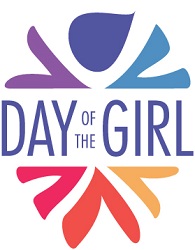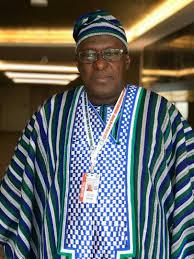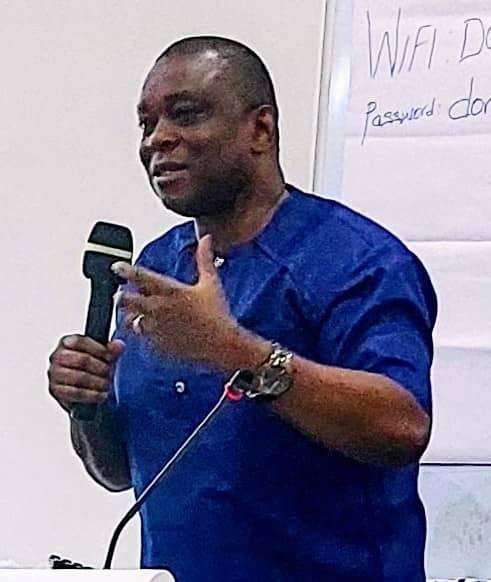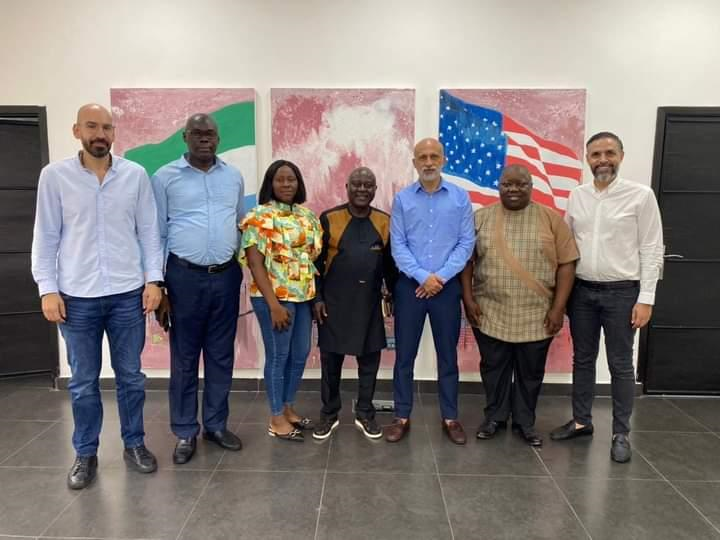No country in sub-Saharan has achieved gender parity in both primary and secondary education
Paris, 12 October—A new Gender Report compiled by UNESCO’s EFA Global Monitoring Report (GMR) for International Day of the Girl Child, shows that no country in Sub-Saharan Africa has achieved gender parity in both primary and secondary education. There still only 92 girls per 100 boys in primary school in the region. The country with the greatest inequity remaining in primary and lower secondary is Chad.
Irina Bokova, the Director-General of UNESCO said “Educating a girl educates a nation. It unleashes a ripple effect that changes the world unmistakably for the better. We have recently set ourselves a new ambitious agenda to achieve a sustainable future. Success in this endeavor is simply not possible without educated, empowered girls, young women and mothers.“
The Report, released jointly by the GMR and the United Nations Girls’ Education Initiative shows that, considerable challenges remain, with gender disparities widening at each cycle of the education system and the poorest girls remaining at stark disadvantage. In Guinea and Niger, approximately 70% of the poorest girls had never attended school compared with less than 20% of the richest boys.
PRIMARY: Girls continue to face the greatest challenges in accessing primary school. Of the 18 countries with fewer than 90 girls for every 100 boys enrolled, 13 are in sub-Saharan Africa. There are 16.7 million girls out of school in sub-Saharan Africa, 9.3 million of which will never set foot in a classroom. On current trends in sub-Saharan Africa the poorest girls will achieve universal primary completion twenty years after the poorest boys.
SECONDARY: Gender disparities in secondary education have barely changed in sub-Saharan Africa since 1999, with still only around 8 girls for every 10 boys enrolling. In 2012, at least 19 countries around the world had fewer than 90 girls for every 100 boys in school, 15 of which were in sub-Saharan Africa. In the Central African Republic and Chad in 2012, half as many girls as boys were in secondary school. In Angola, the situation has actually worsened, from 76 girls per 100 boys in 1999 to 65 in 2012.
In a few poor countries, such as Rwanda, new gender gaps at the expense of boys have emerged. In Lesotho, only 71 boys were enrolled for every 100 girls in 2012, a ratio unchanged since 1999.
LITERACY: Gender gaps in youth literacy are narrowing. However, fewer than seven out of every ten young women in sub-Saharan Africa are expected to be literate by 2015. The lack of progress in literacy among adult women is stark: two-thirds of adults who lack basic literacy skills are women, a proportion unchanged since 2000. Half of adult women in South and West Asia and sub-Saharan Africa cannot read or write.
School-related gender based violence is one of the worst manifestations of gender discrimination and holds back education attainment. Likewise, child marriages remain a persistent barrier to girls’ education. If exiting laws on age of marriage were enforced, this would result in an overall 39% increase in years of schooling in sub-Saharan Africa. Early pregnancy remains a barrier to girls’ education as well: Pregnancy has been identified as a key driver of dropout and exclusion among female secondary school students in sub-Saharan African countries, including Cameroon and South Africa. The prevalence of premarital sex before age 18 increased in 19 out of 27 countries analysed in the region between 1994 and 2004.
Since the late 1990s, several sub-Saharan African countries have introduced policies supporting the readmission of girls following the birth of a child. But even where policies exist, uptake is often limited. In South Africa, legislation forbids schools from excluding pregnant girls, but only about one in three return after childbirth. Those who do return often face negative attitudes and practices from teachers and peers
The proportion of female teachers is an important indicator of progress towards gender equality. Yet, women made up 43% of primary teachers in sub Saharan Africa in 2012 and only 31% of secondary teachers. In Central African Republic, Chad, Guinea and Mali, which have severe gender disparities in education, less than 12% of secondary teachers were women in 2012, denying adolescent girls important role models.
The EFA GMR has produced an online interactive tool to show how wide gender gaps are in different contexts. It shows, for instance, that in sub-Saharan Africa, the poorest girls are almost nine times more likely never to have set foot in a classroom than the richest boys.
Aaron Benavot, Director of the EFA GMR said: “Lacking any other way of measuring gender equality, we have focused on getting equal numbers of boys and girls in school. But we will never achieve this unless we tackle the roots of imbalance: social barriers and entrenched discriminatory social norms. Unless we begin to understand equality as a much broader concept, girls and young women will never be able to reap the full benefits of education.”
Recommendations from the Report
PARITY:
1. Education should be free. Really free.
2. Provide policies to address the problems that many boys face, as well as girls in accessing and completing education
3. Alternative secondary education options should be provided for out-of-school adolescents.
EQUALITY:
1. Integrate gender issues into all aspects of policy and planning
2. A mix of legislative change, advocacy & community mobilization is needed
3. Work together! Governments, international organizations and education providers should join up to tackle school-related gender based violence.
4. Governments should recruit, train and support teachers effectively to address gender inequality.
UNESCO
Stay with Sierra Express Media, for your trusted place in news!
© 2015, https:. All rights reserved.






